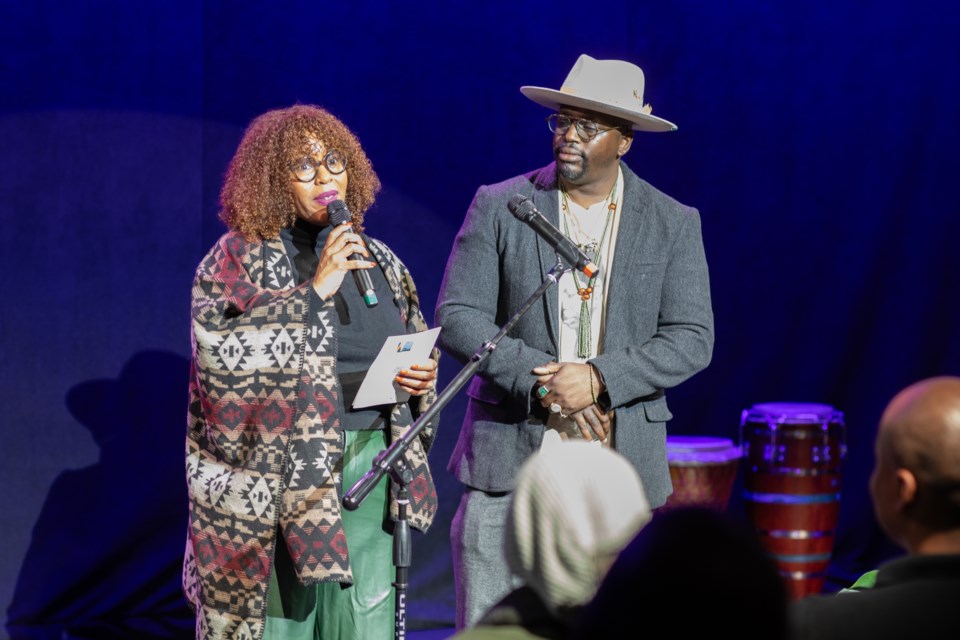In Brooklyn, the arts have long been a driving force—culturally, economically and communally. Yet as local institutions confront shrinking budgets and programming cuts, the future of the borough’s creative landscape is increasingly uncertain. A mix of dwindling city support, the lingering effects of the pandemic, and looming federal reductions has left many arts organizations bracing for more difficult times.
Amid this turbulence, the Brooklyn Arts Council (BAC)—historically a quiet but pivotal force in the borough’s arts ecosystem—is stepping into the spotlight. For more than 57 years, BAC has supported artists and cultural groups across a wide range of disciplines, reaching thousands annually through grants, artist services, educational programming, and community initiatives. Long known for its behind-the-scenes work, the council is now becoming a more visible advocate, taking on a leadership role as both grassroots creators and major institutions feel the squeeze.
“We are a sixty-year-old organization, and our operating model must change significantly,” said Rasu Jilani, Executive Director of the Brooklyn Arts Council. “We currently operate on a reimbursable model—we front the costs and are later reimbursed by the government. That approach is no longer sustainable. The arts aren’t a competing priority; they are interwoven into the very efficiency of our city.”
One of the borough’s enduring creative voices, Brooklyn-based producer Tonia Grady, CEO of Gradygirl Productions, recently became the first community producer to beta test BRIC’s new glass studio—an encouraging step toward greater access. Still, Grady says the path remains steep. Funding gaps have made it harder than ever to secure essentials like studio space and production support.
“I’ve been producing for twenty years, if not more, and most people who come here are just trying to learn how to produce,” said Grady. “There are levels of community support, and many organizations offer a foundation for those learning to produce, direct, and edit. But for someone like me—and hundreds of others with experience—I can’t get funding anywhere.”
“I’m not just fighting for myself—I’m fighting for the community producers, editors, and podcasters,” she added. “But I’m just one person. Don’t let a ‘no’ stop you. ‘No’ doesn’t mean anything—just find another way to ask.”
These challenges point to a broader need for structural change—one BAC is answering with growing urgency. The council is now working alongside other borough arts councils to identify inefficiencies and develop collective advocacy strategies. Locally, it has ramped up efforts to support artists and increase visibility for underused free programming and grant opportunities. A recent example is a tribute to poet Nikki Giovanni, presented in partnership with 651 Arts and Brooklyn Org, showcasing the potential of collaboration to uplift and amplify marginalized voices.

In just the past month, sweeping cuts to National Endowment for the Arts (NEA) grants have devastated many organizations nationwide. Yet, BAC has remained relatively insulated, receiving little NEA support. Instead, it relies primarily on public funding from New York State and City agencies—notably the New York State Council on the Arts (NYSCA) and the New York City Department of Cultural Affairs (DCLA). BAC maintains several funding streams—including the Community Arts Grants program, the Creative Equations Fund, and the Creative Aging: SU-CASA program—all shaped by a public mandate to ensure equitable access to the arts.
In April, BAC marked a major milestone by awarding $1.82 million to 378 Brooklyn-based artists, cultural groups, and teaching artists—its largest Creative Cohort to date. An additional $916,000 came from the Community Arts Grants program, while the Creative Equations Fund will provide $250,000 to support 25 grantees. Together, these investments reflect the art council's deepening commitment to access, equity, and stability at a time when many artists and organizations don't know where to turn.
“We need to return to hyperlocalism. We’ve been sold a dream of global connectivity and relentless scaling, but that’s led to disconnection,” said Jilani. “Brooklyn is a hyperlocal economy, and as a hyperlocal agency, we must align our efforts with the specific needs of our community. Sometimes what may be the mandate of a nation is not the mandate of a neighborhood.”



.png;w=120;h=80;mode=crop)
